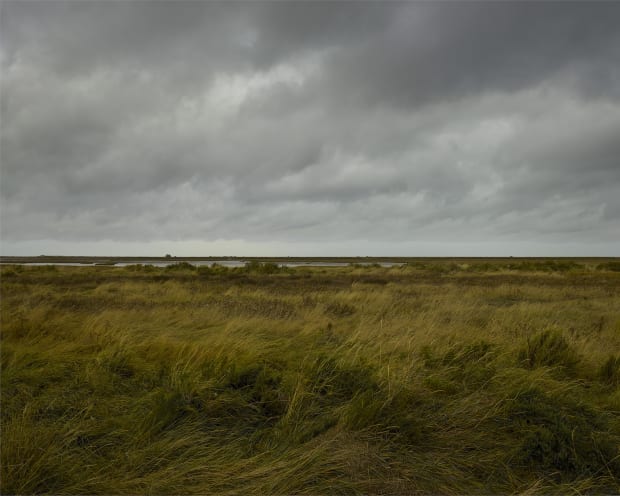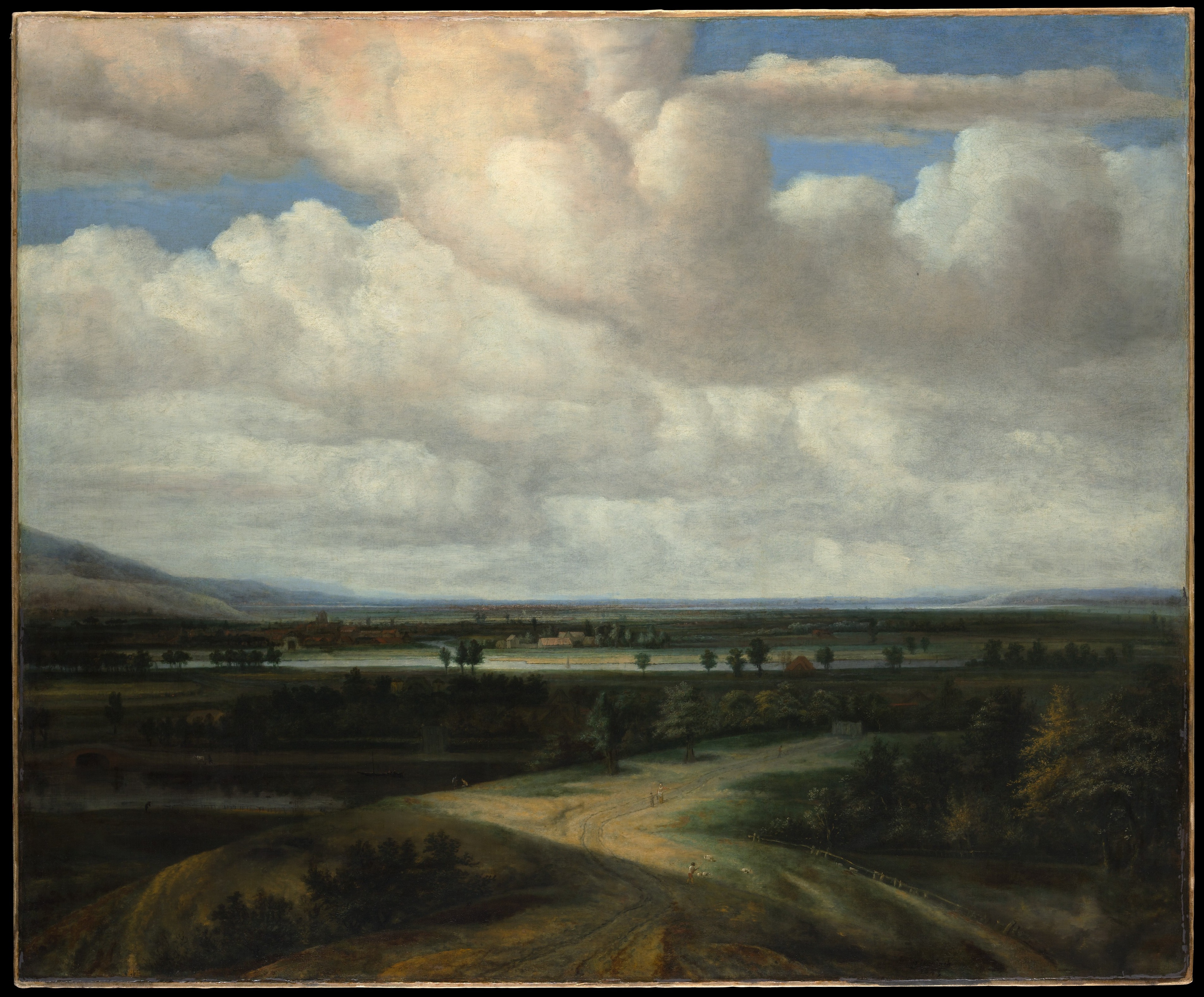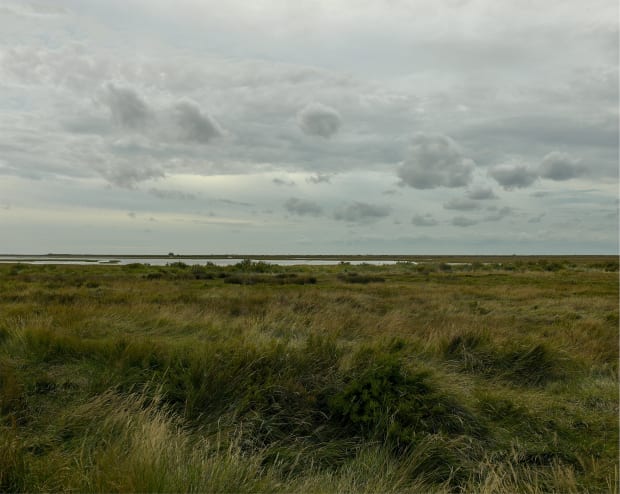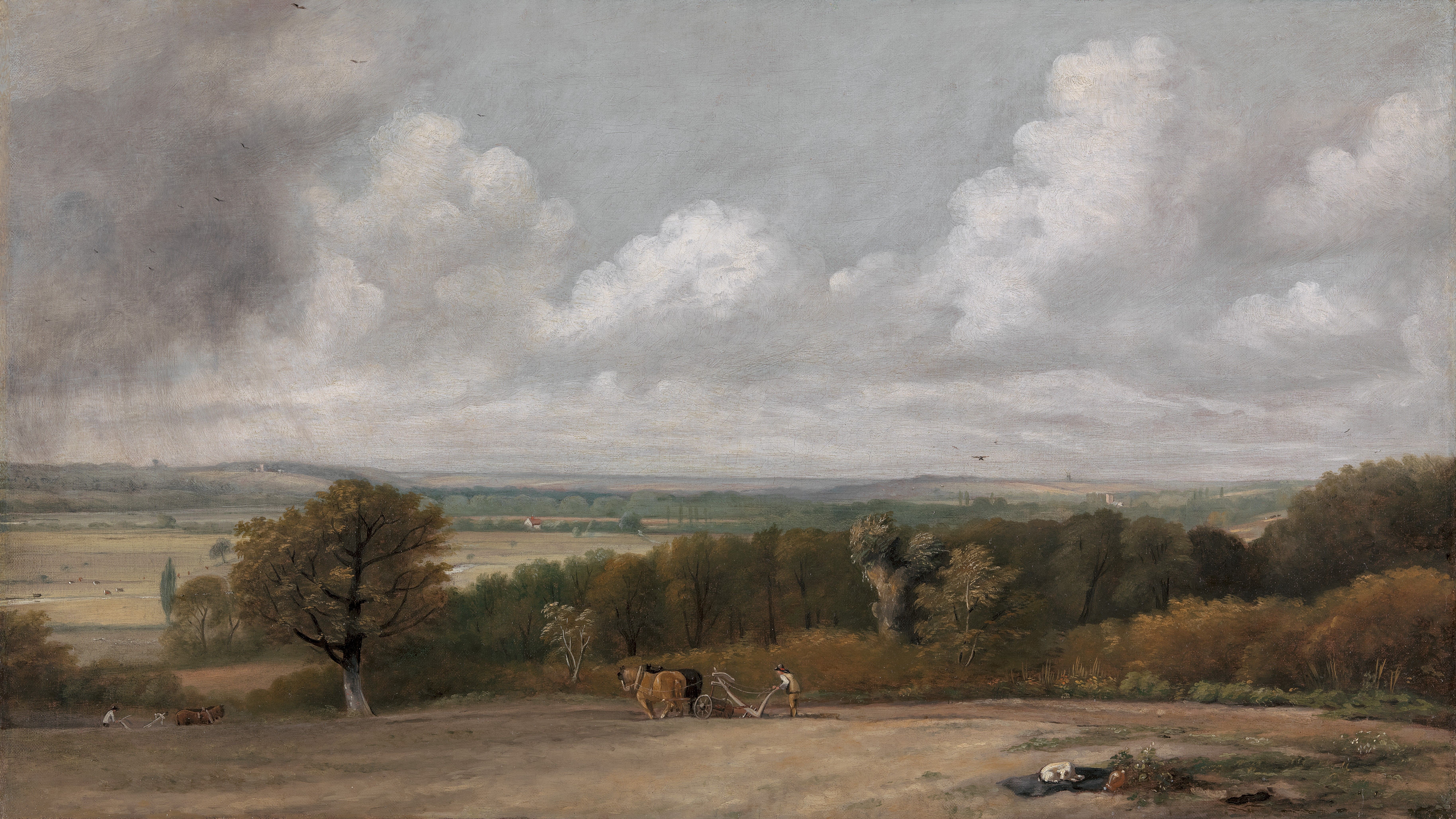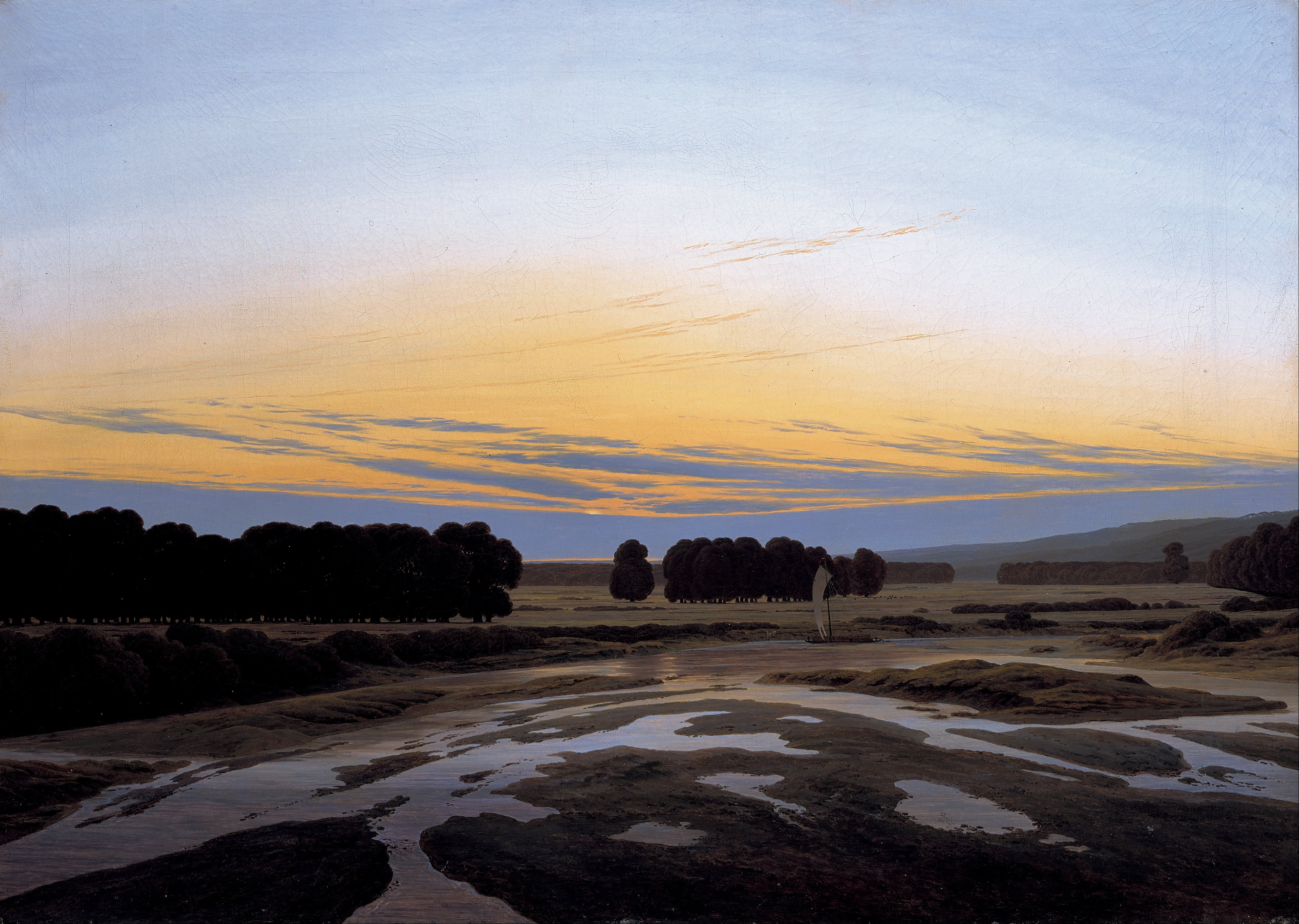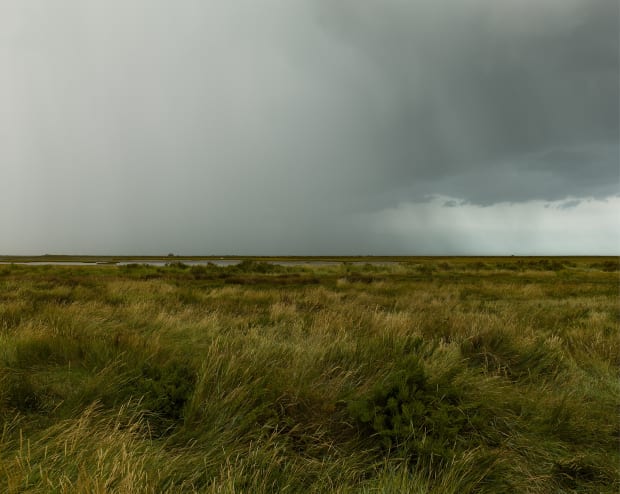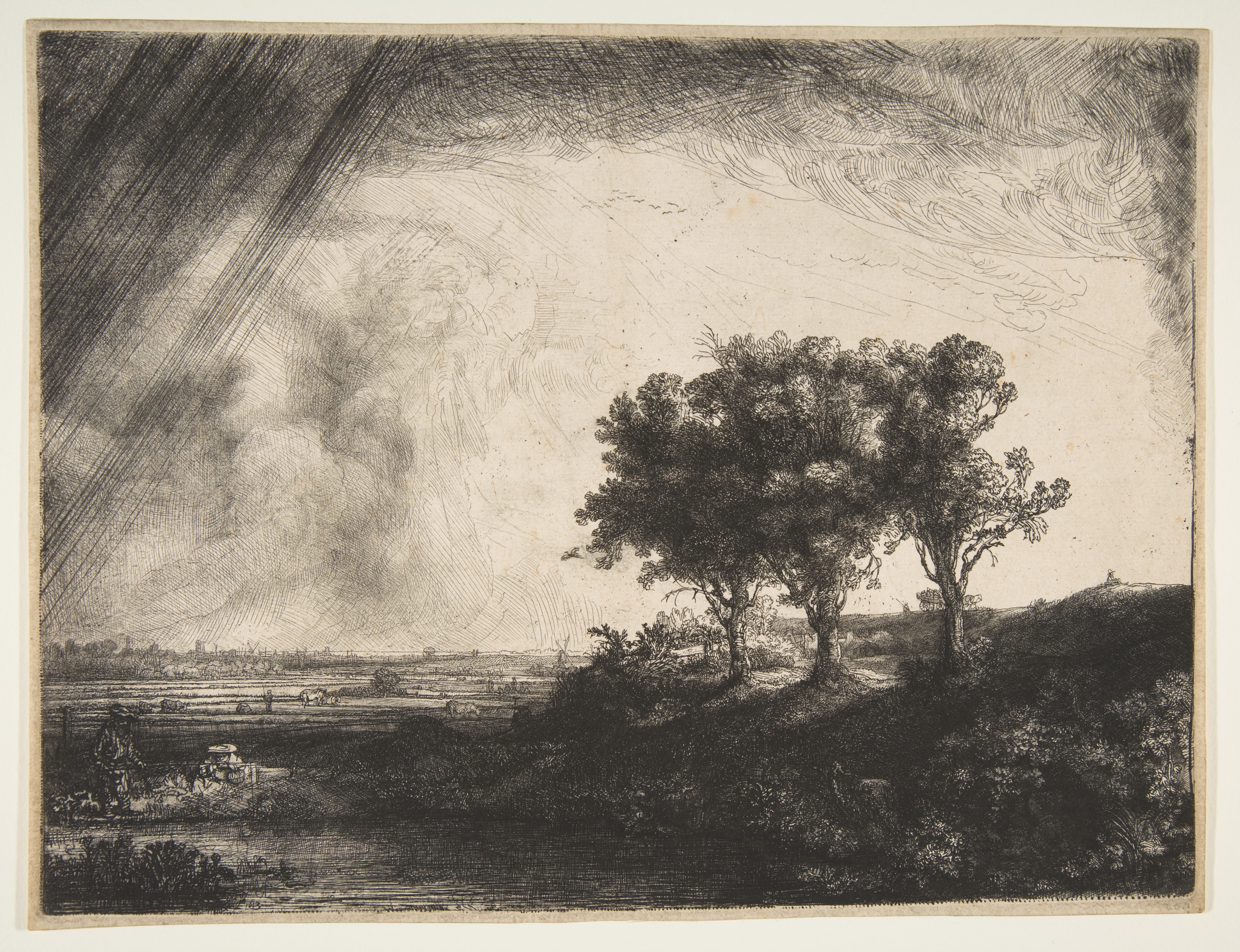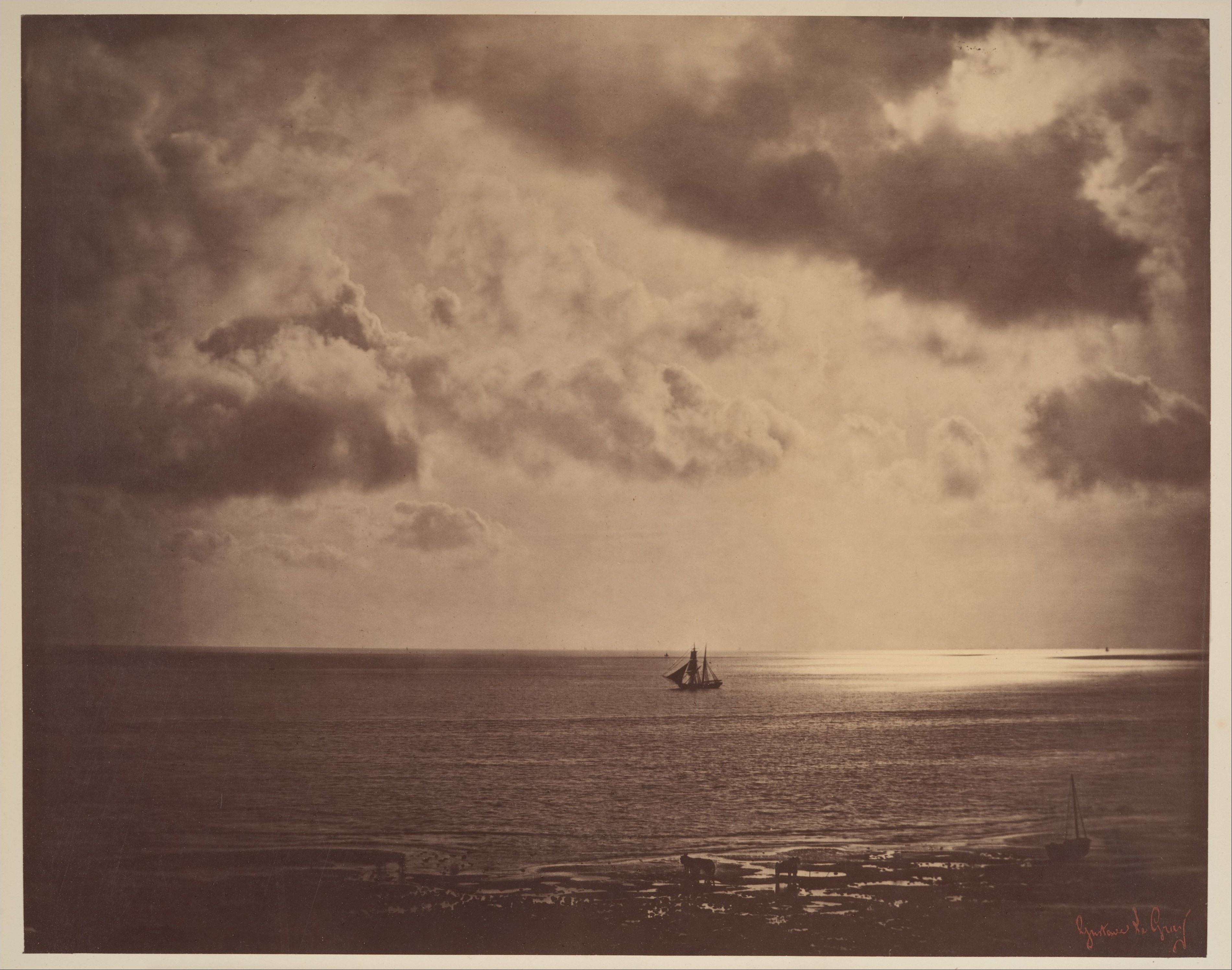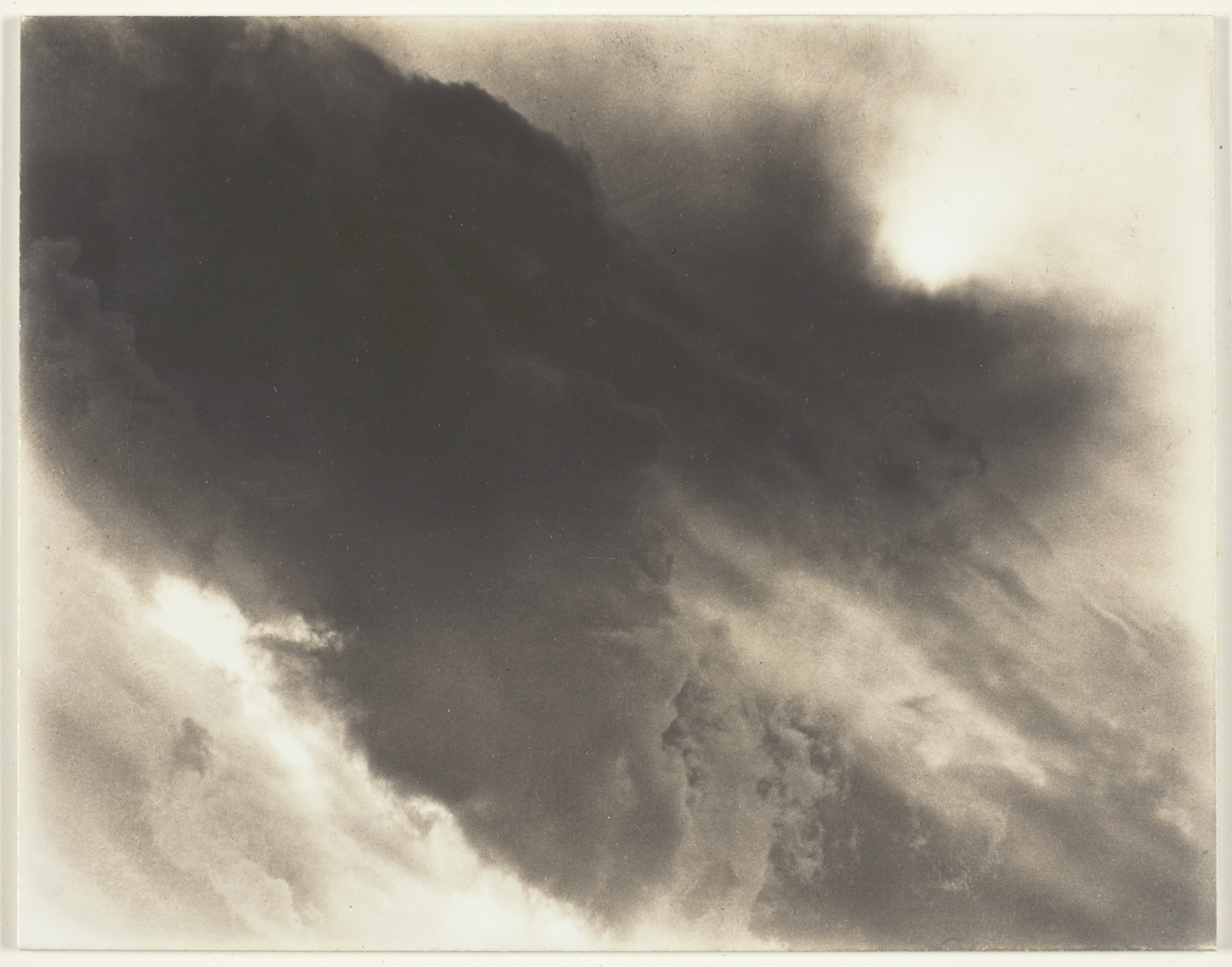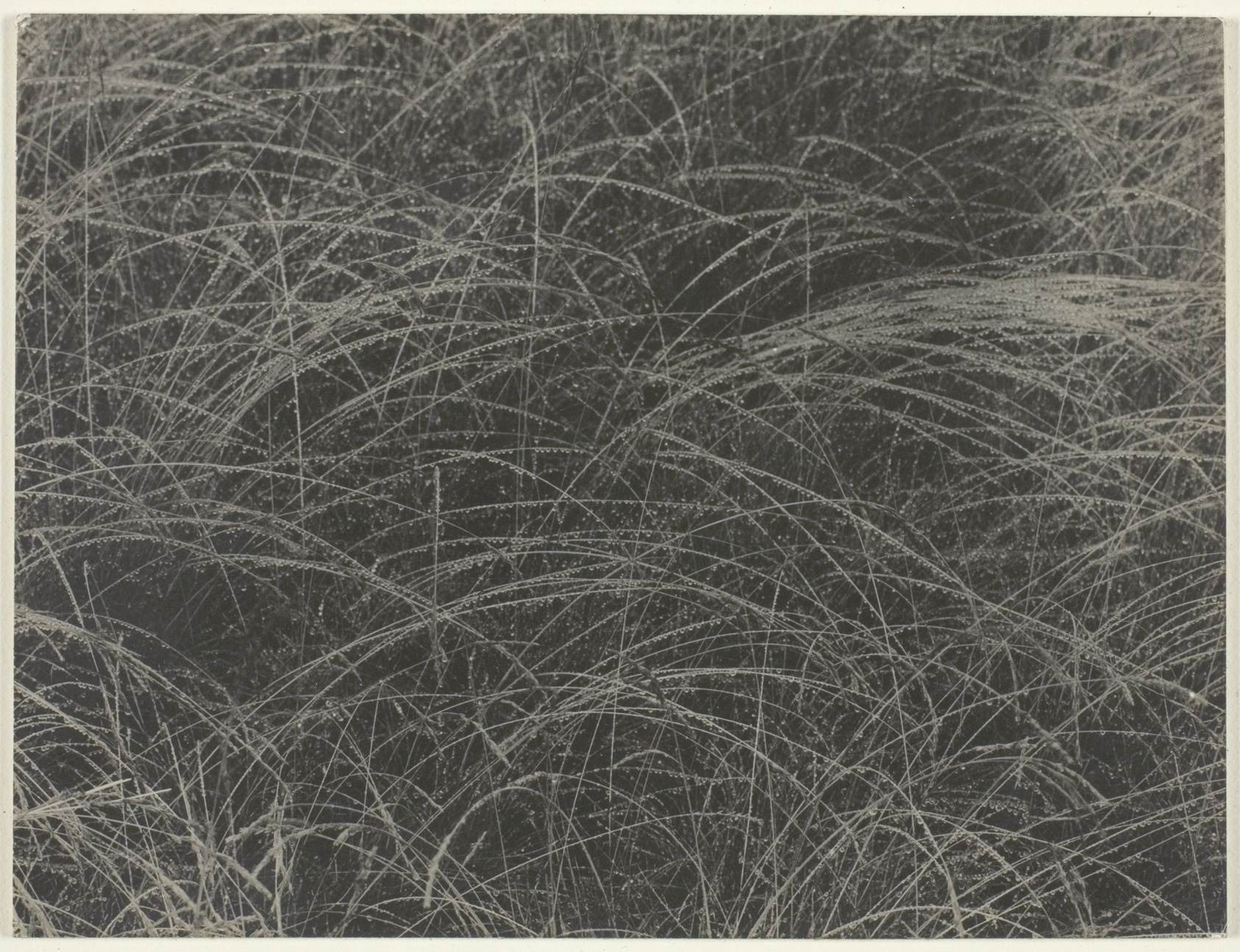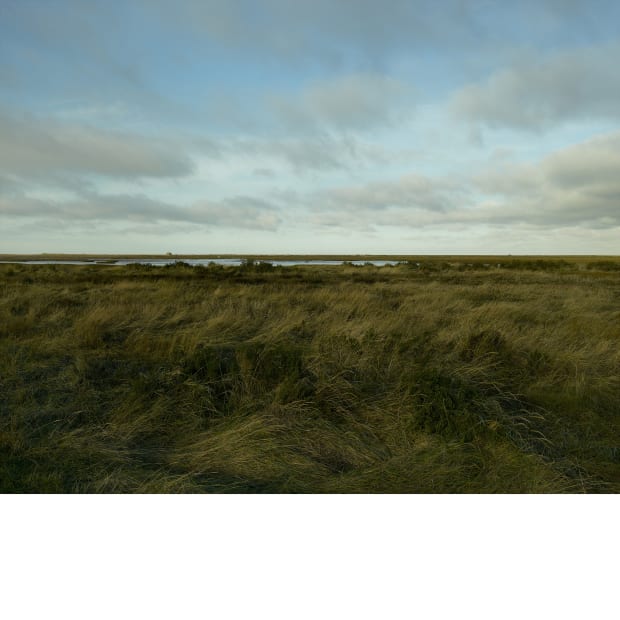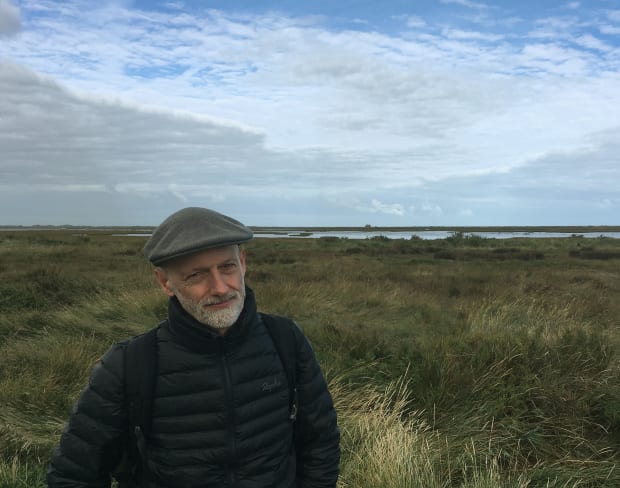John Riddy: Horizon
-
-
Frith Street Gallery is pleased to present Horizon, an exhibition of new work by John Riddy. Returning time and again to specific locations, Riddy is interested in the transformation that occurs when the familiar world is described as a photograph on paper.
John Riddy shot his new series of photographs from a single viewpoint that looks toward Blakeney Point and the North Sea along the Norfolk Coast Path. Though seemingly remote, the subject of the Blakeney series is not only a place that Riddy has visited for over 30 years but a common walking path and an everyday experience for thousands of people. The horizon, which carefully bisects the composition in each picture, indicates a shingle ridge that protects the marsh from the North Sea. The ridge is disrupted by a single building known as the Watch House, originally built in the nineteenth century as a lookout for smugglers. For Riddy, this particular viewpoint, and its description in a series of photographs, is informed by an accumulation of his impressions and his deep familiarity with the setting.
While Horizon presents a new body of work and subject matter for Riddy, the Blakeney series adopts formal and thematic tropes found in earlier works. The equal division between land and sky, for example, echoes the composition of the New York (Black Star) series (2016), taken from a hotel window, looking out across Manhattan towards the Whitney Museum. Indeed, both bodies of work also capture a single viewpoint in meticulous detail as it changes over a period of time – for Black Star, a series of pictures over 24 hours; for Blakeney, the series was made over two years.
-
‘I am trying to make sure that the whole print is as alive without shouting as I can possibly get it. I think I've used the phrase in previous interviews ‘screaming silently’. So, trying to get a tension into the image, but without any overt drama.’
– John Riddy
-

-

-

-
'I was thinking about the place I wanted to make in here [the gallery] rather than just my memory and response I might have had walking around out there.'
– John Riddy
-
-

-

-
'I really loved the presence those works [Brice Marden, terre verte paintings] had together in the gallery; the way they were formally aligned reminded me of a horizon. I started to wonder if it might be possible to do something similar with a sequence of photographs, to have a horizon line that went round the gallery.'
– John Riddy
-
-
The initial spark behind the Blakeney series was Riddy’s experience of seeing an exhibition of Brice Marden’s terre verte paintings. Exploring the permutations of a single pigment by different paint manufacturers, Marden created a series of paintings with strong horizons in a range of greens. Riddy adopted this systematic approach, swapping pigment for a single viewpoint. The Blakeney series opened up a controlled space where the artist could explore modulations in colour, tone and texture, values associated with abstract art. Yet a photograph is never wholly abstract.
-

-
-
-
-

-

-
Installation photography: Stephen White & Co.
